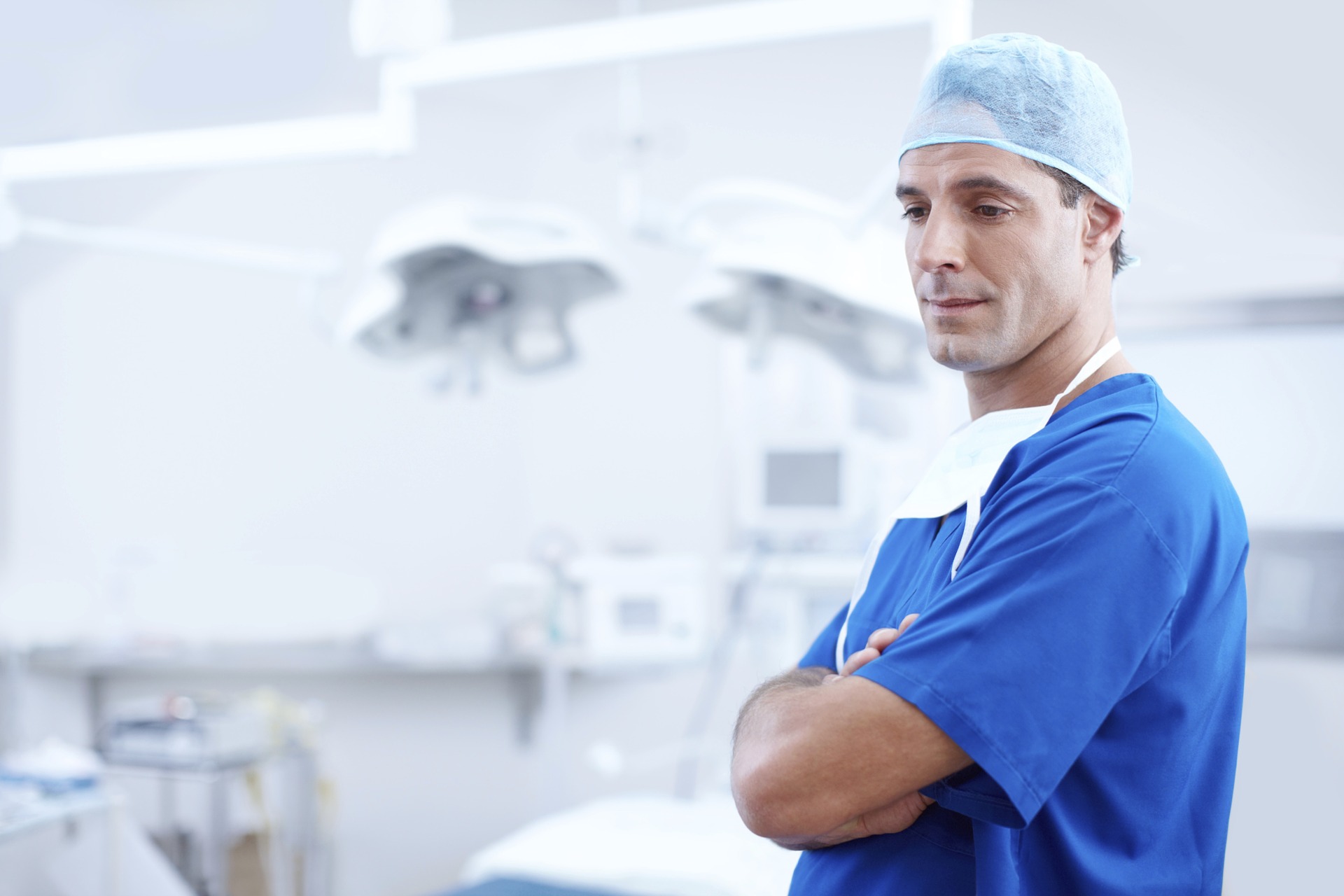
04 Feb The Importance of Pet Dental Cleanings
Why are Pet Dental Cleanings so Important?
A healthy oral cavity is important for overall health in all animals. Maintaining a healthy mouth involves a combination of at-home care as well as professional cleanings under anesthesia by a veterinarian and their trained staff. We brush our teeth at least twice daily along with the ideal biannual visit to the dentist. Despite this, people can still experience periodontal disease based on diet, lifestyle, genetics, and concurrent disease. With this in mind, it is understandable that periodontal disease leading to eventual tooth decay will occur in our companion animals without regular pet dental cleanings. We have to ask ourselves what our mouths would be like without daily dental care. Why would it be any different for our dogs and cats?
The shape of dog and cat teeth is different from our own. Most human teeth have a flat, occlusal surface for chewing. Most dog and cat teeth are conical shaped primarily for hunting rather than prolonged chewing. Dogs, however, will chew their food more frequently than cats. Periodontal disease in our pets can easily go undetected as many animals will continue to eat despite having infected painful teeth. They will simply use their tongue more for grasping food and the food will be consumed whole.
The Dangers of Periodontal Disease in Pets
The mouth is the first part of the digestive tract. If periodontal disease is present, it can negatively affect digestive function. As in humans, periodontal disease can lead to cardiovascular disease due to bacteria entering the bloodstream via inflamed gums. Chronic inflammation may trigger other disease, or even make certain diseases such as diabetes very difficult to control. Dogs and cats use their mouth for interacting in their world including playing and grooming. A painful mouth can lead to changes in normal behavior and coat quality. The latter is noted more so in cats than dogs.
Professional Pet Dental Cleanings in Colorado Springs and Castle Rock, Co.
A professional cleaning involves evaluation of the oral cavity under anesthesia. The crown of the tooth is the portion of the tooth that is visible above the gum line. The roots of the teeth are located below the gum line and are evaluated through imaging. Sixty percent of the tooth lies underneath the gum line (root portion). Since we are only able to evaluate less than half of the tooth structure on the awake oral exam, an anesthetized evaluation with full mouth dental radiographs is imperative for a thorough evaluation. Pathology such as tooth root abscesses, tooth resorption, tooth fractures with pulp exposure, and oral neoplasia (cancer) are often only detected with a thorough exam and full mouth radiographs under anesthesia.
During a pet dental cleaning, also called a COHAT, all of the crown tooth surface is scaled and polished under anesthesia to stop the progression of periodontal disease. COHAT stands for Comprehensive Oral Assessment and Treatment. Once periodontal disease has occurred (bleeding, red gums and attachment loss of the tissues surrounding the tooth), it will continue to progress unless it is professionally treated. Unfortunately, once periodontal disease is present, home care alone will not completely resolve the condition and it will continue to cause pain.
A professional cleaning (COHAT) completed with one of our local veterinary dentists in Castle Pines and Colorado Springs, Co. is a first-line defense in maintaining a healthy digestive tract. A pet dental cleaning is typically recommended annually with concurrent daily oral home care. A different frequency is dependent on the individual pet’s existing oral health and general propensity for periodontal disease. Dogs start with 42 teeth and cats 30. Keeping all of these teeth clean and healthy with professional cleanings will lead to increased longevity and improved quality of life.
Images used under creative commons license – commercial use (2/1/19) Pixaby

